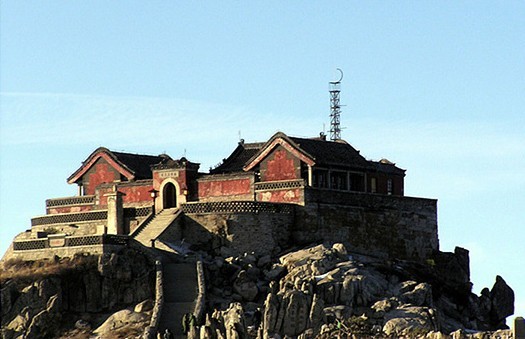
Heading to the south of
Jinan, Taian is about two hours away by train. Taian is standing at the foot of Mountain Tai and taking a taxi from the city government to the Red Gate is only within the starting price distance. We stayed overnight at a newly open hotel beside the city government, with a high room rate and a poor condition.
We happened to come to climb
Mountain Tai on New Year’s Day by coincidence, but the Chinese tradition is to worship the heaven by climbing Mountain Tai on New Year’s Day. The weather was very pleasant after snow and it was sure pleasant to climb Mountain Tai in this weather. We arrived the street opposite the Red Gate early in the morning, and were looking for something to eat till we found a Korean restaurant. After eating the Korean cold noodles, we were ready for climbing.
Though today was holiday, we didn’t see too many tourists visiting Mountain Tai. Many of the tourists preferred climbing the mountain from half way, reaching the half way by driving. However, this kind of way of visiting was not appropriate for visiting Mountain Tai, as there are a lot of things to see during the first half, both cultural attraction and natural beauty which should not be missed. Therefore, we started from the foot of the mountain and stepped forward.
The first archway is not too far way from, with the name “ Arch of Confucius”, or we should say the place that Confucius took a break when climbing Mountain Tai, as climbing the mountain was not easy for this old man.
We got to the Red Gate after passing the Stairs of Heaven. The Red Gate got its name from the two red rocks looking like the two gates, standing on the Dazaangling Cliff to the northwest. The Red Gate Temple is a monastery presided over by monks. There were many tablets with imperial edict inscription on them. Those inscriptions were not clear and not easy to recognize after these many years.
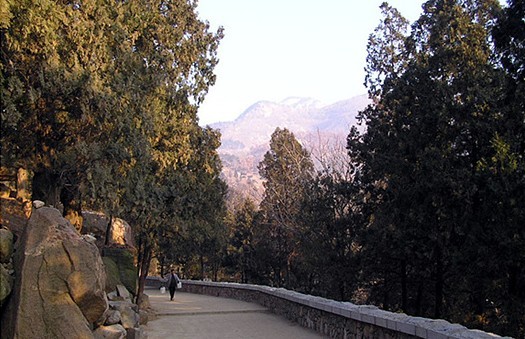
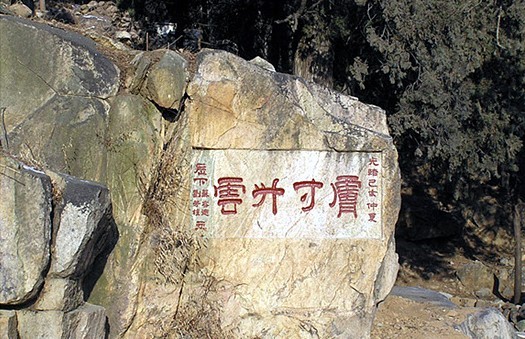
After Emperor Qinshihuang started worshiping heaven at Mountain Tai, many emperors of the successive dynasties did the same. The latest emperors that worshiped the heaven at Mountain Tai are Emperor Kangxi and Emperor Qianlong.
The best place for appraising the beautiful scenery is beside the stone inscription with “ Chong Er”. This calligraphy was done by Liu Yangui, a talent from Jiannan in Qin dynasty. The calligraphy is a Chinese character game, which described how people enjoyed the beautiful scenery at Mountain Tai.
The scenic spots between the Arch of Confucius and Second Heavenly Gate are the Doumu Palace and the Tea-pot Tower, which are very nice place for a short break.
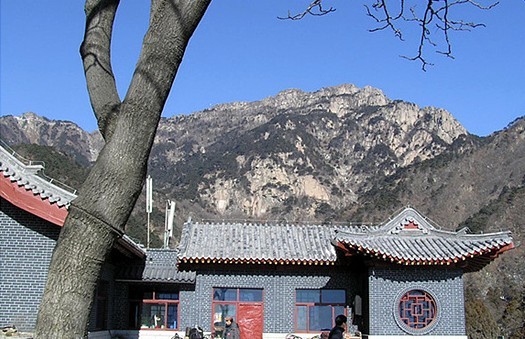
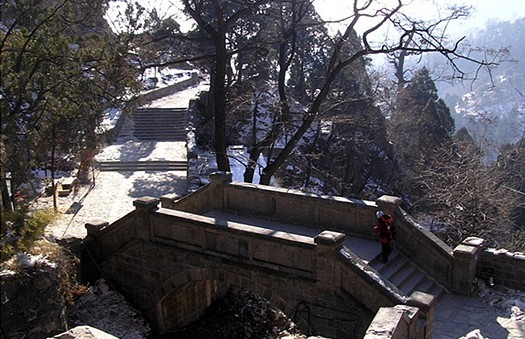
Middle Heavenly Gate
The Middle Heavenly Gate is a round peak in the middle of Mountain Tai. People in ancient time built temples and houses on the flat area on the top of the peak and it became the second heavenly gate of Mountain Tai. Looking up from here, the Southern Heavenly Gate is just like in the front. Climbing path along the mountain looked like the stairs leading up to the heaven. The famous Guest Greeting Pine is standing beside the Wusong Pavilion and it looks like the arm extending to the valley in the distance.
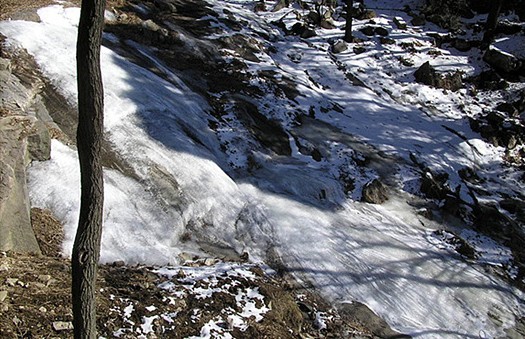
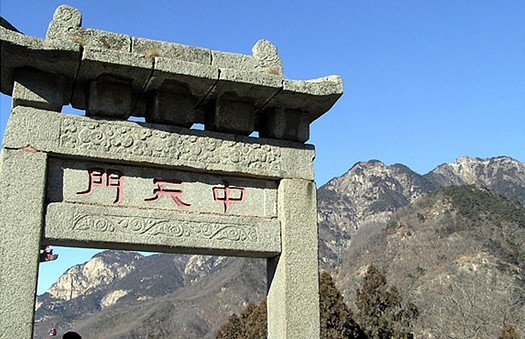
It became more and more precipitous starting from here and we got to Dusong Pavilion in a short while. The Duisong Mountain standing in the opposite looks very green, with all the pine trees on the mountain, in different shapes.
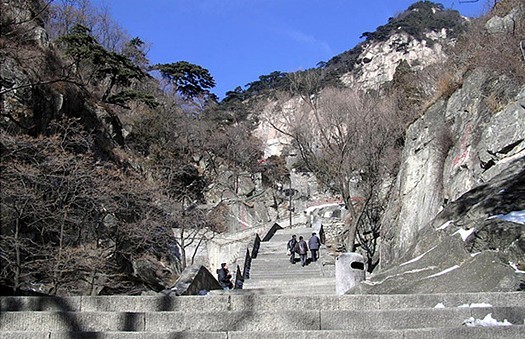
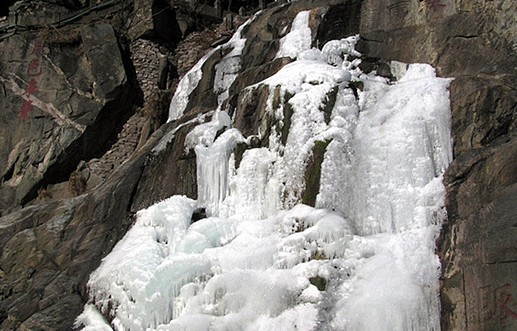
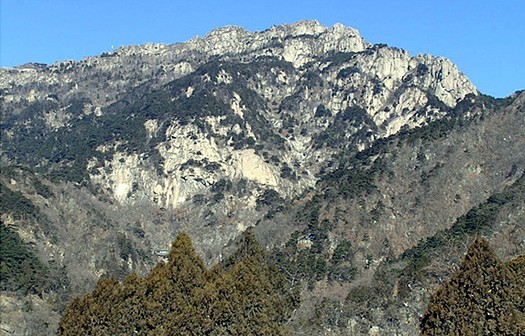
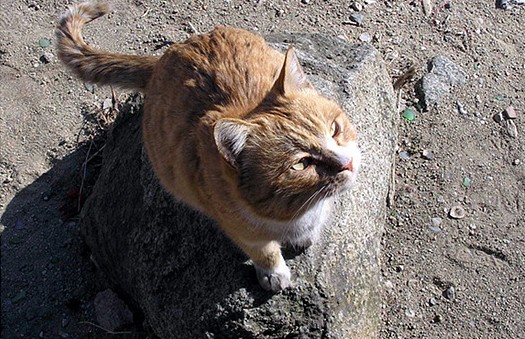
The 18 Stone Steps
We reached the 18 Stone Steps after passing the Duisong Pavilion, which is the most precipitous part of Mountain Tai. The stairs are almost vertical, with the 30-40 meters deep cliff beside. The elevation rom the Duisong Pavilion to the Southern Heavenly Gatte is only 400 meters, but there are about 1500 stairs between these two spots.
As we started climbing Mountain Tai from the foot of the hill, we were tired when arriving 18 Stone Steps, especially when seeing the almost vertical stairs. We were all exhausted when reaching the entrance of Southern Heavenly Gate.
Southern Heavenly Gate
Standing at the entrance of Southern Heavenly Gate, we felt so pleased when looking down the mountains below us, as we knew it was not easy to come up to this top and we treasured the victory.
This is the first time that I climb to the top of the mountain of this height and with this fame.
The tiredness seemed to be all gone once we reached the Southern Heavenly Gate. There was a wide and flat area on top of Mountain Tai and I thought that must be the place the Emperors offering sacrifices to heaven in the ancient days.
There are some shops and restaurants alone the Heavenly Street. A bowl of beef noodles can be sold at a very high price here, which we can understand, as all the daily necessities are carried up by the porters from the foot of the mountain.
The scenery around the top of Mountain Tai makes us feel like in the paradise. The setting sun dipping the golden light around the floating clouds, white snow gleaming on the mountains below, we could sense the aesthetic feeling brought by the natural beauty at this moment.
We were very curious when seeing these locks everywhere at Mountain Tai. We were told that each lock was a love story. Actually we see those locks at all the big mountains we visit.
Why Emperors from all dynasties preferred going to Mountain Tai?
This was the question that I had been thinking when climbing Mountain Tai. We have a lot of famous mountains in China, but why emperors from Qin dynasty and Han dynasty choose Mountain Tai for the place to worship heaven and ancestors?
Our ancestors were originated from the Yellow river area and there were Mountain Hua, Moutain Heng and Mountain Tai in this area. Our ancestors respected for East and for Sun, so they respected Mountain Tai. After Emperor Qinshihuang united the country, he wanted to preach the concept of “ Emperor’s power is given by the heaven”, by using people’s respect for Mountain Tai. So he started the ceremony of offering sacrifices to heaven at Mountain Tai and this tradition was passed down. Gradually Mountain Tai became the holy mountain. Actually, Penglai, was also respected and became a place for worship for ancient Chinese people, as Penglai was located along the east coast, which was the most eastern part in Qin and Han Dynasty.
 Ask a Question
Ask a Question
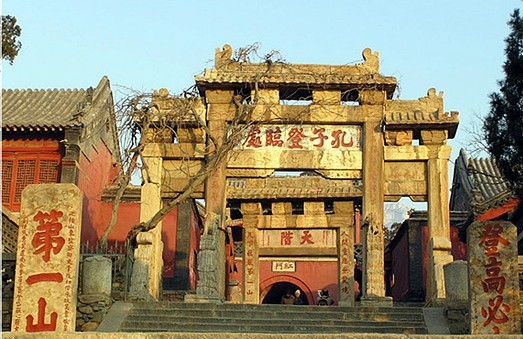
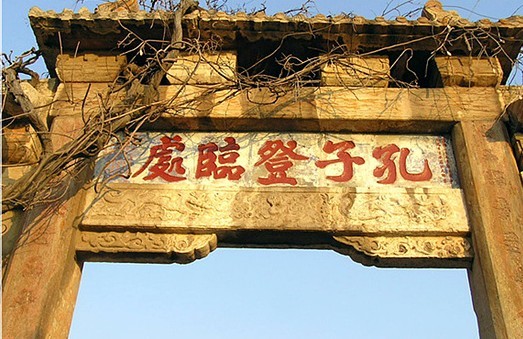
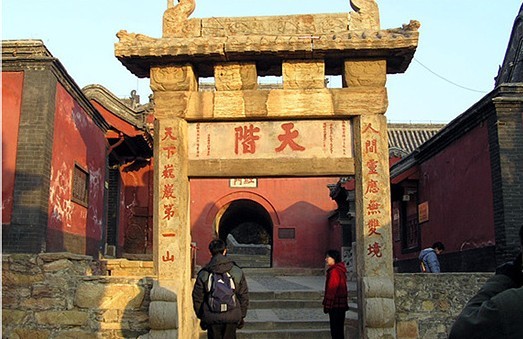
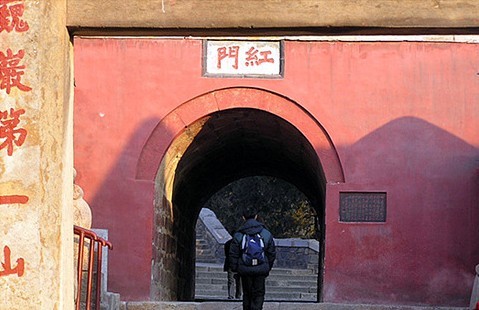
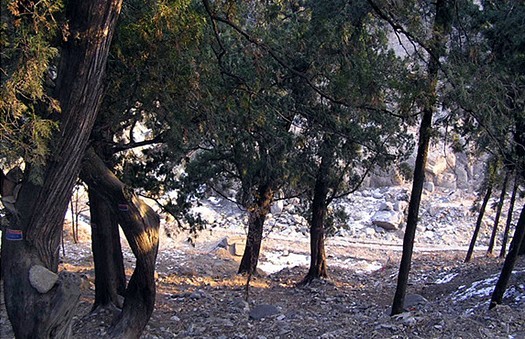
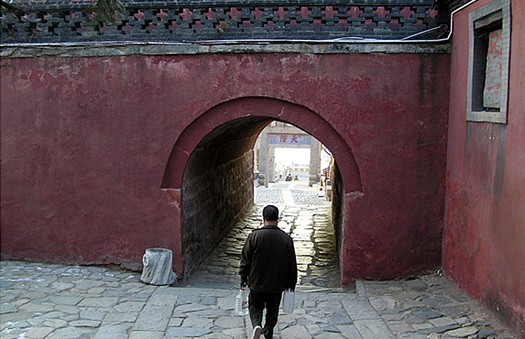


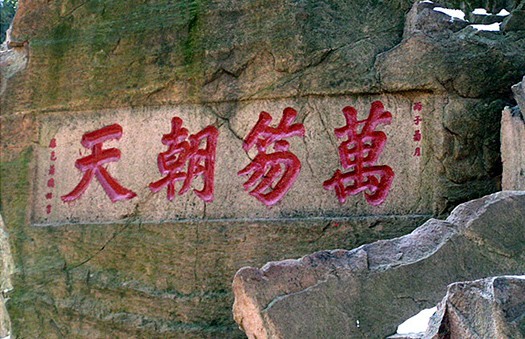
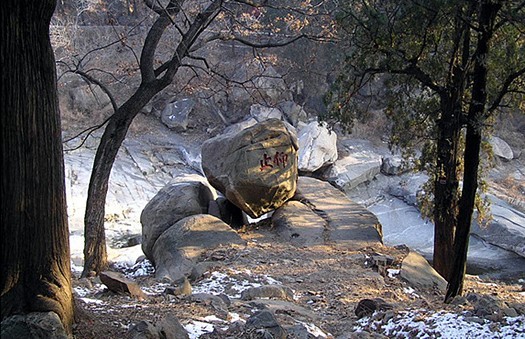
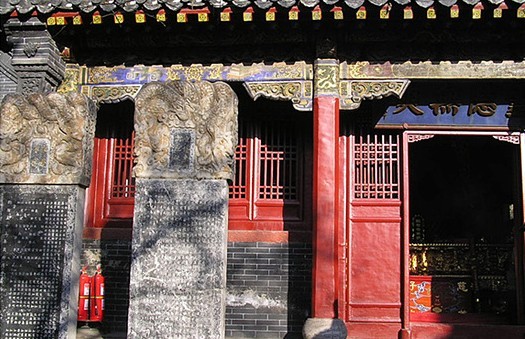
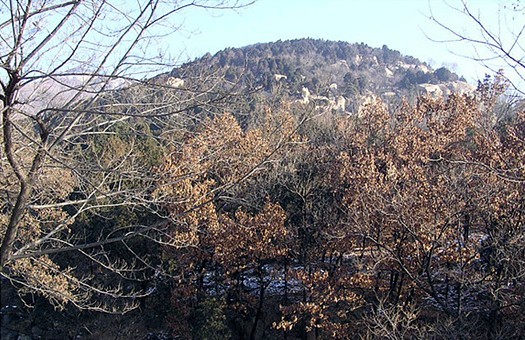
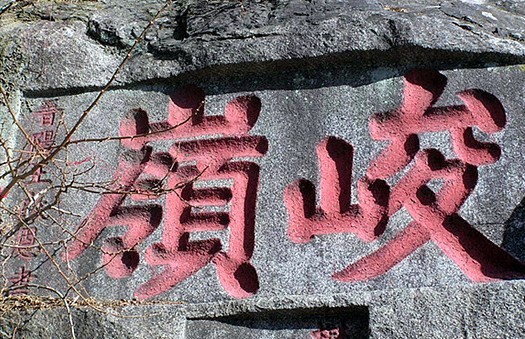
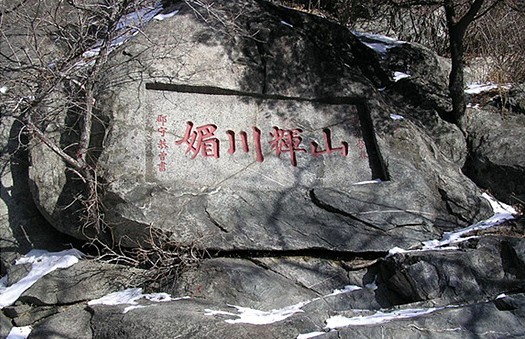
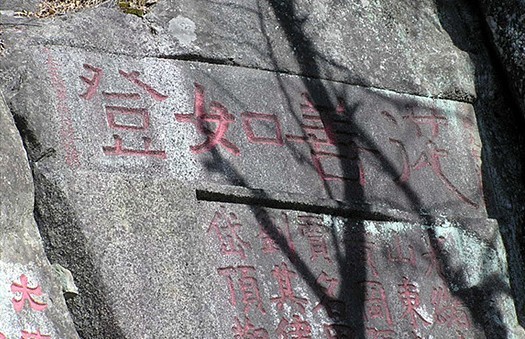
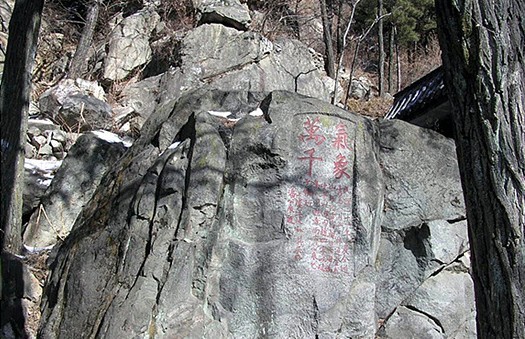
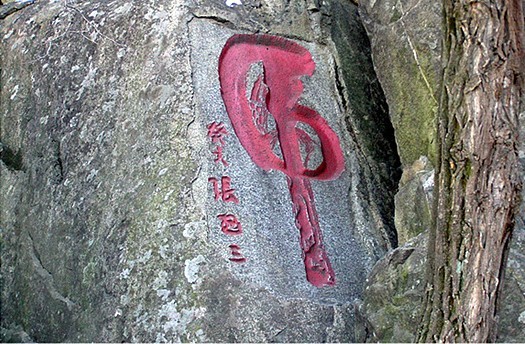
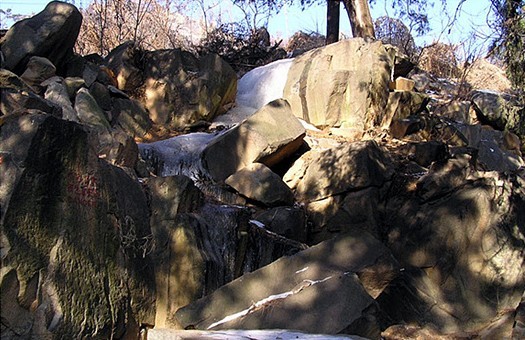
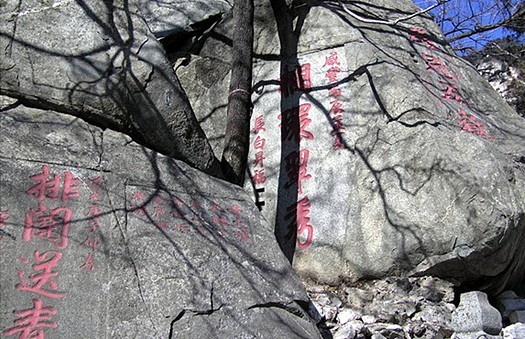
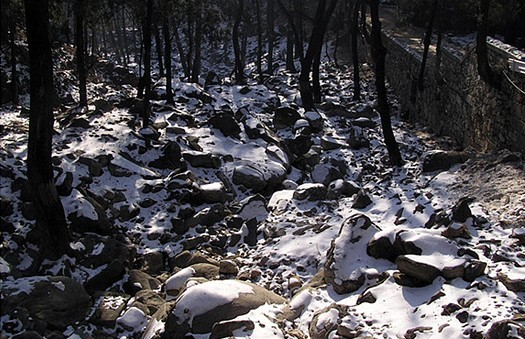








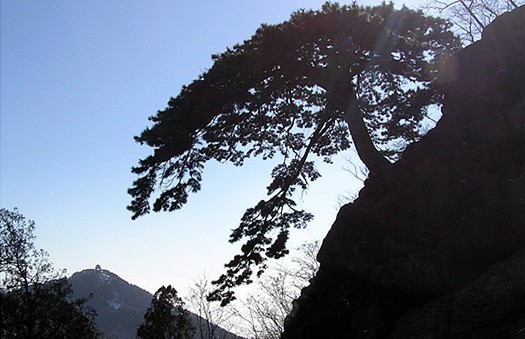
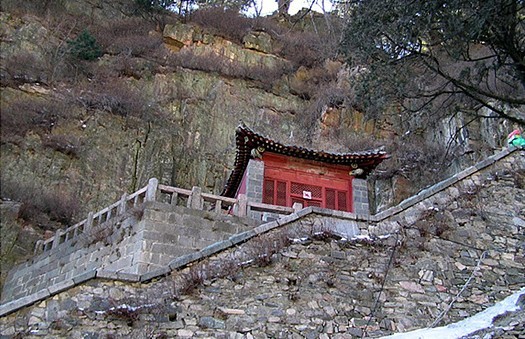
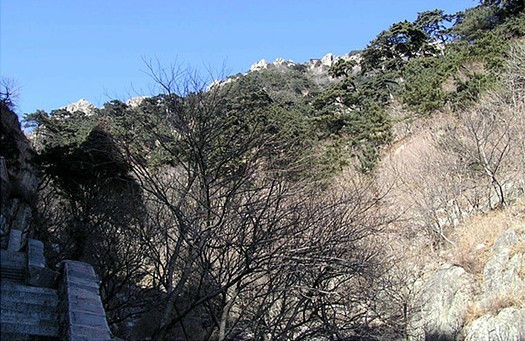
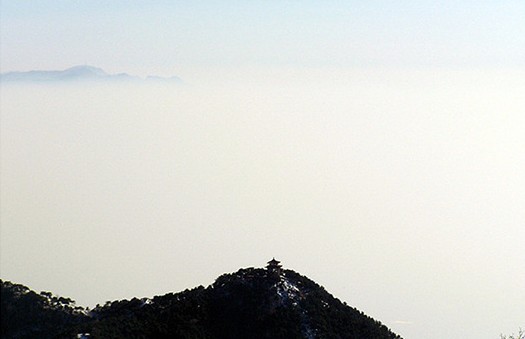
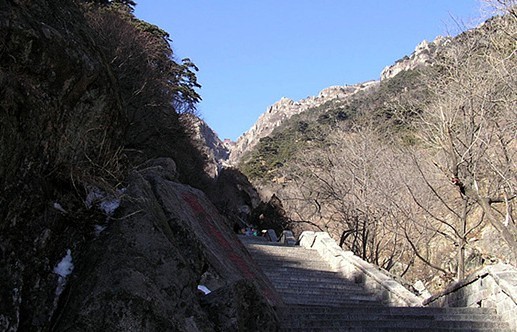
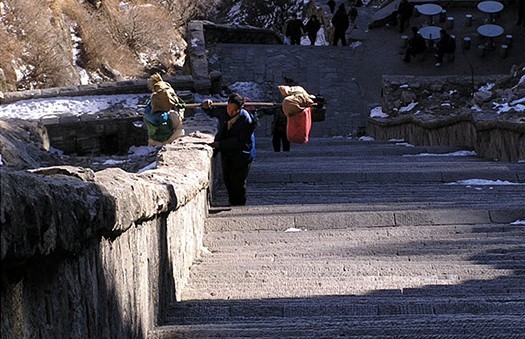
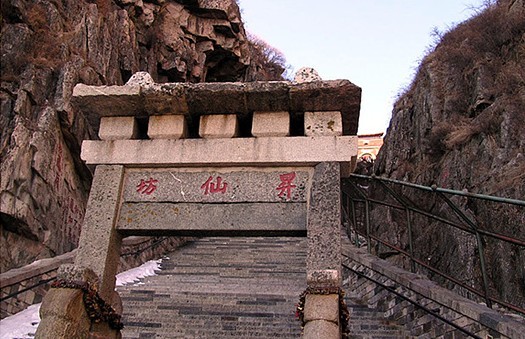
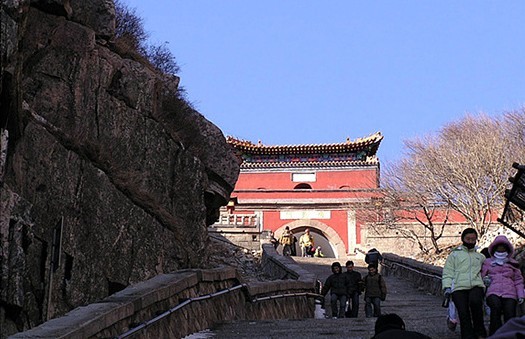
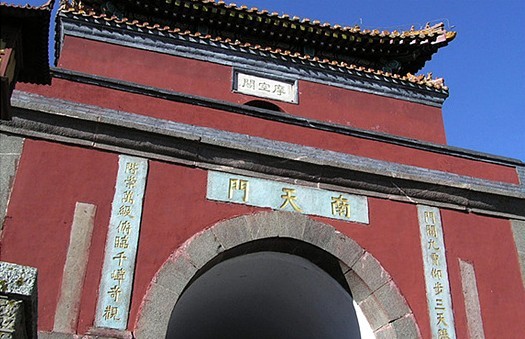
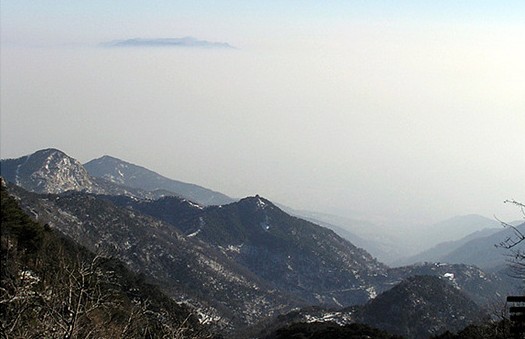
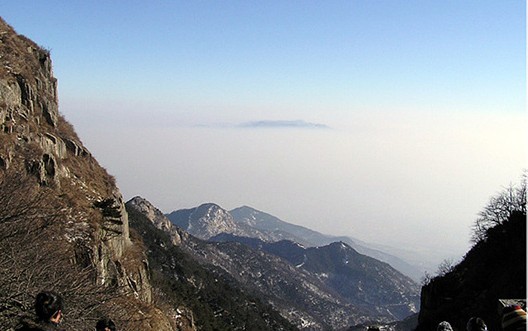
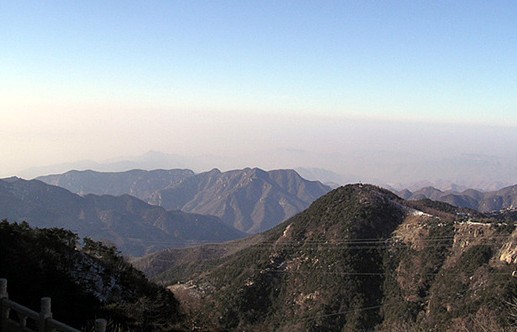
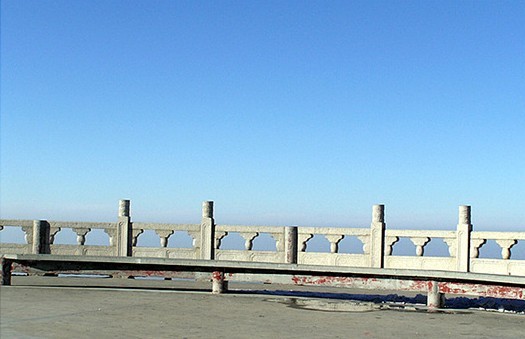
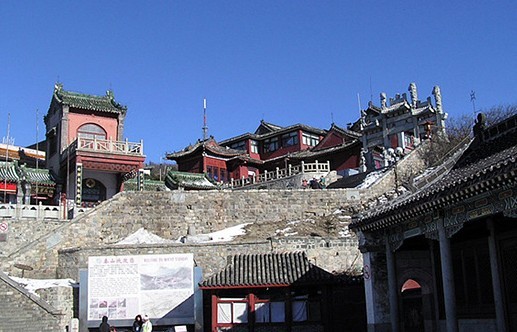
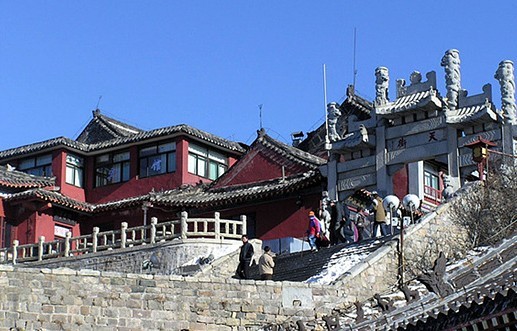
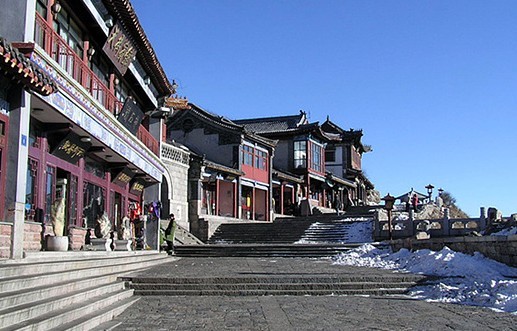
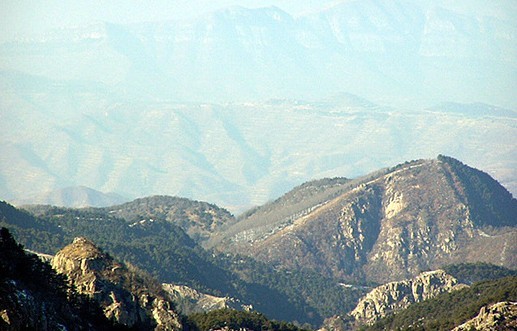
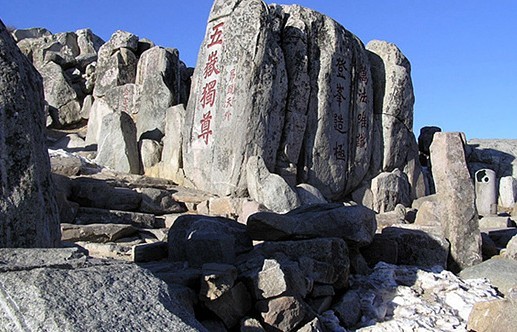
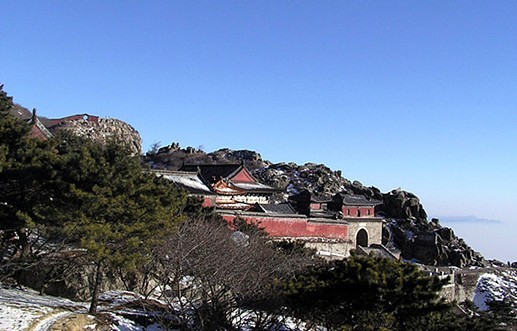
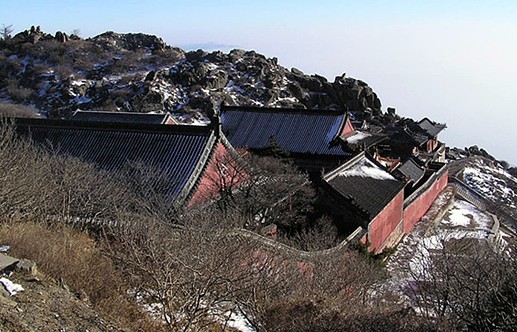
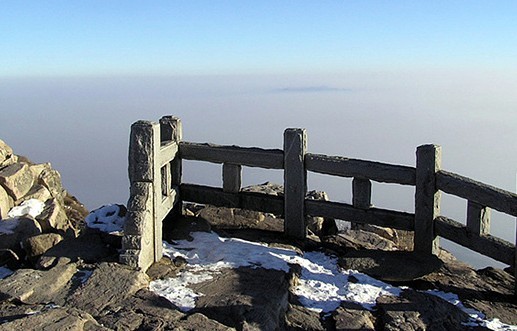
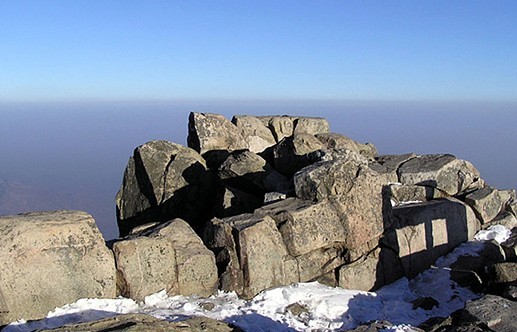
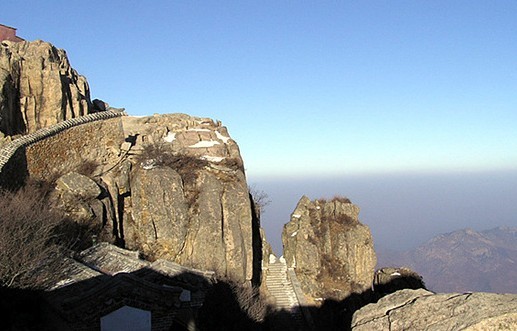
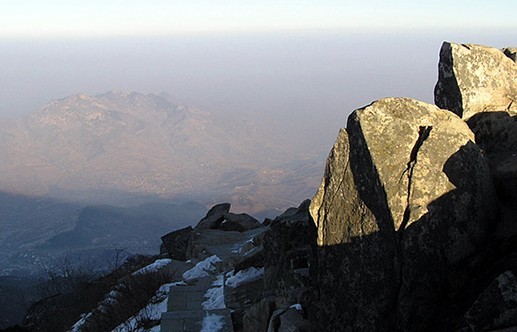
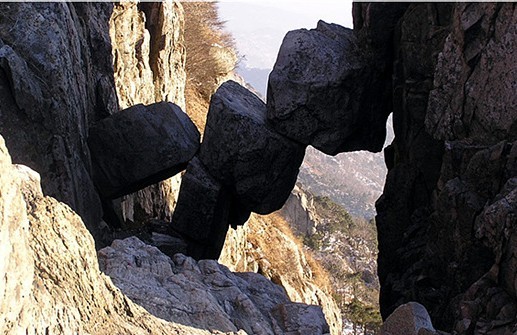
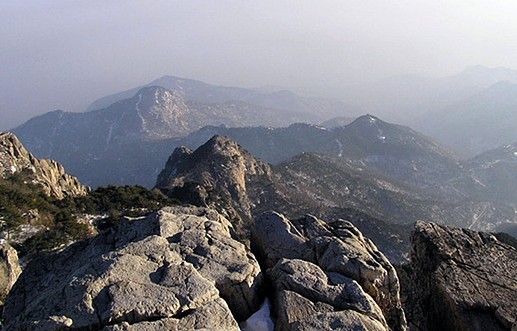
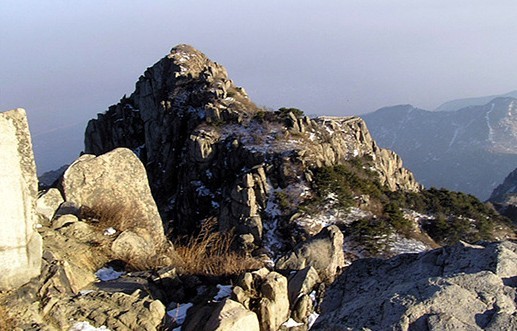
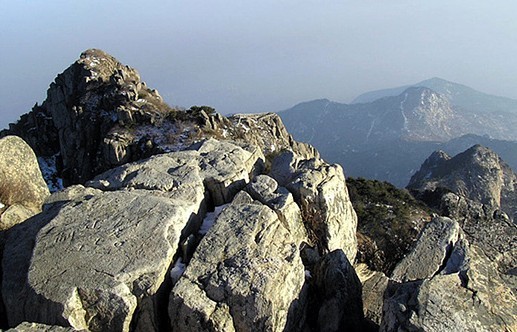
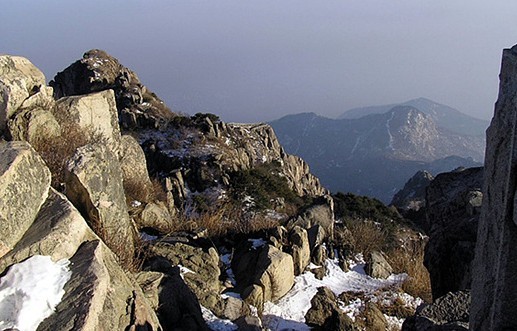
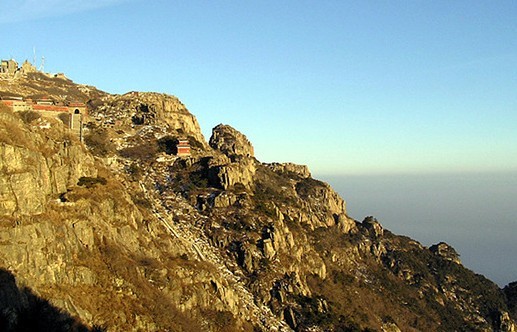
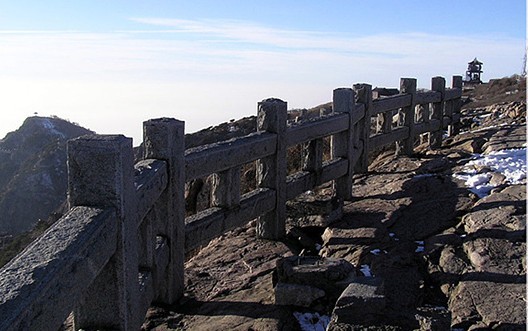
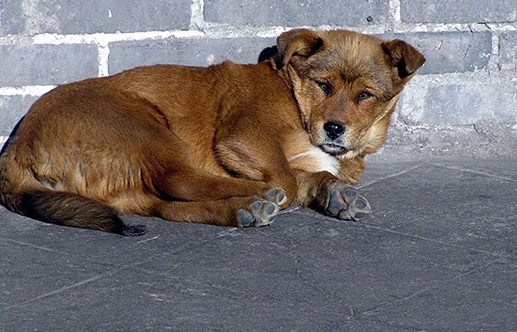
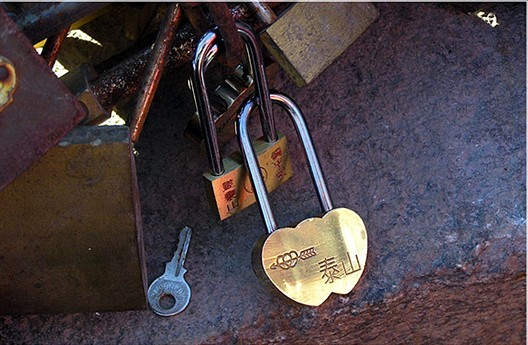
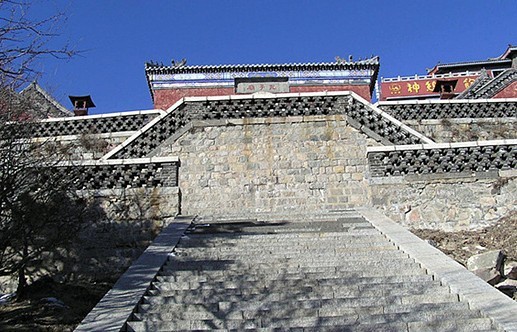
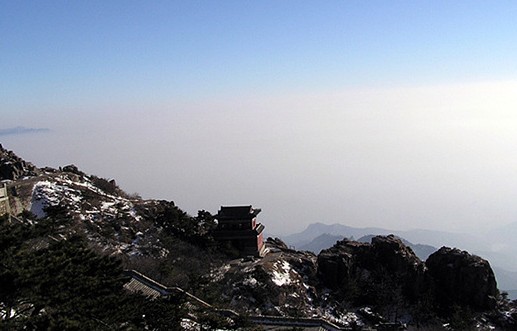
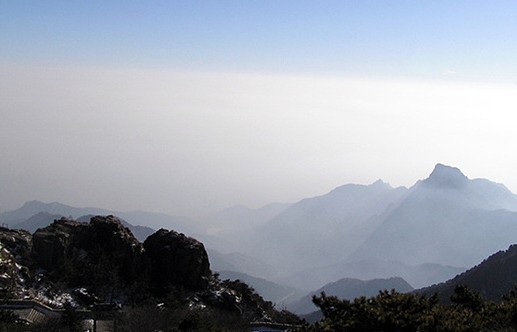
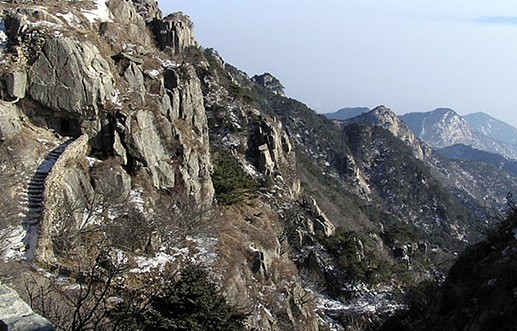
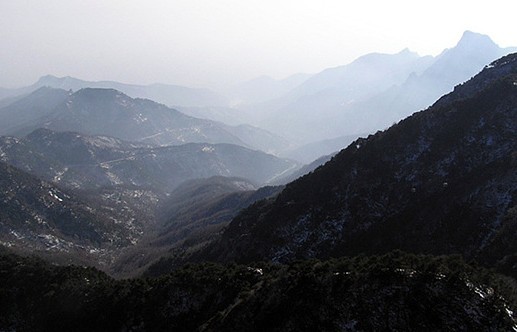
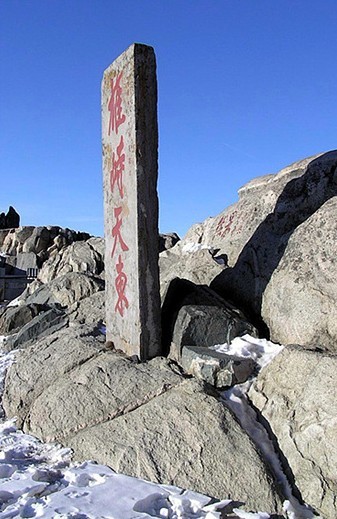
 Previous: CHINESE CUISINE
Previous: CHINESE CUISINE